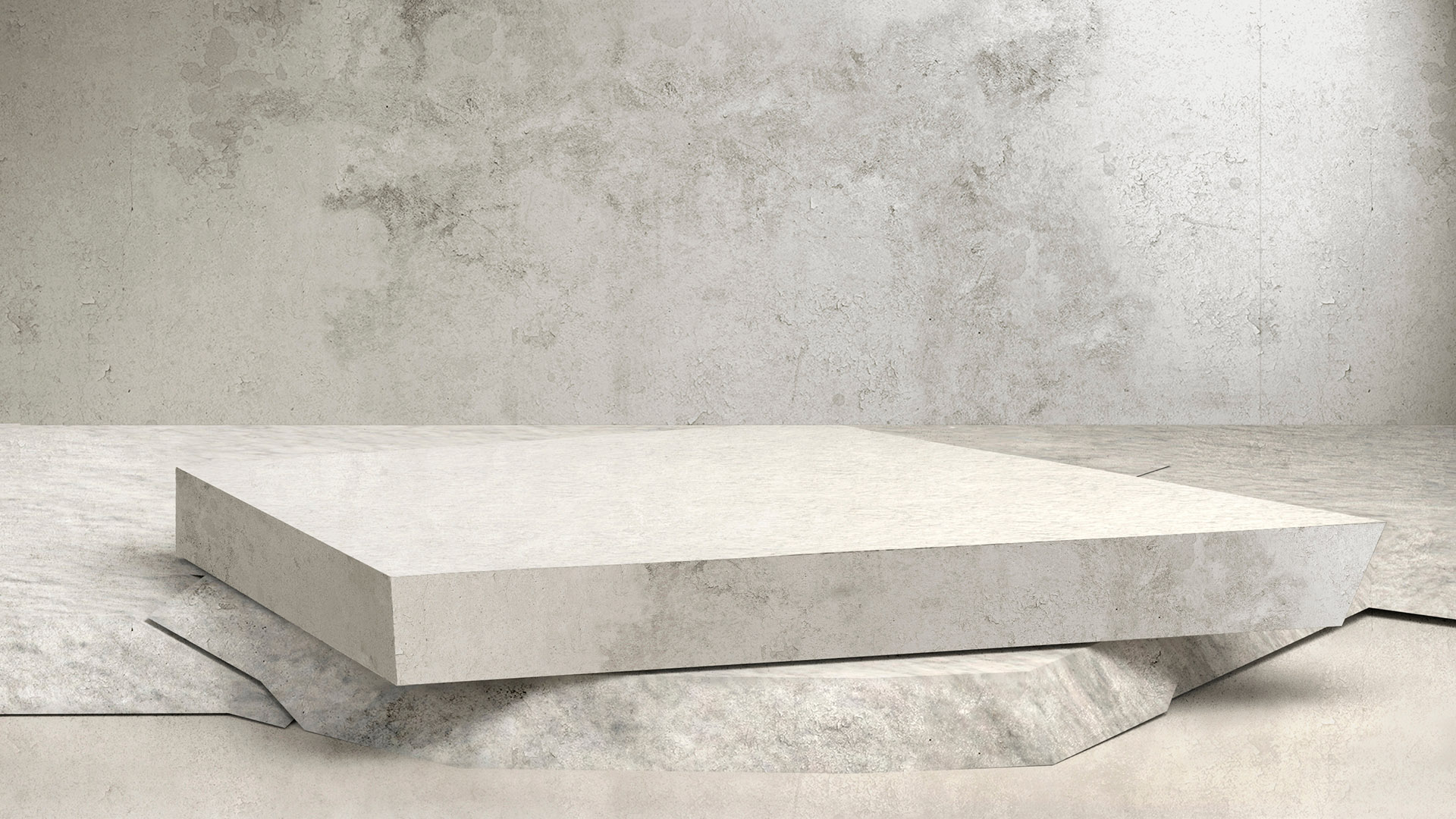We could soon have roads and highways that require fewer repairs and even help reduce carbon emissions. According to new research, scientists have developed an AI-designed concrete that is self-healing and could even help prevent potholes.
Concrete is the most widely used construction material on Earth, but it has a major environmental downside. Cement production accounts for a large percentage of global carbon emissions. While engineers have long sought ways to improve concrete’s durability and sustainability, they’re now turning to AI to accelerate the process.
Using machine learning algorithms, scientists can analyze thousands of potential concrete mixtures, testing how different materials interact at a molecular level. AI rapidly predicts which compositions will produce stronger, more durable, eco-friendly concrete, reducing the need for costly and time-consuming physical experiments.
One breakthrough in AI-designed concrete is its ability to use test materials, such as recycled industrial byproducts or biodegradable additives, to enhance durability and repairability. The main key here is ensuring that the additives allow for self-healing properties that repair cracks before major damage occurs.

By incorporating these materials, AI can check whether the concrete is as strong—if not stronger—than traditional concrete while finding ways to reduce cement consumption and carbon emissions significantly.
The engineers hope that by turning to AI-designed concrete, we can create more resilient roads and even buildings. This technology could open the door for self-healing concrete roads, which can prevent potholes from forming by repairing cracks before they grow too large.
It’s also possible that this repairability could help make roads and buildings more resistant to earthquakes and other natural disasters. Some are even looking for ways to turn concrete into a carbon sink, which can catch carbon in the air and store it.
But AI isn’t just helping create better concrete formulas. Scientists are also using it to improve how and where concrete is used. AI-driven simulations can predict how a structure will respond to stress, weather conditions, and long-term wear, allowing architects and engineers to design more resilient buildings and roads.
The demand for concrete will only continue to grow, but finding new ways to create it and even new ways to make it more sustainable will go a long way in ensuring we don’t expedite our losing battle against climate change even more than we already have.








